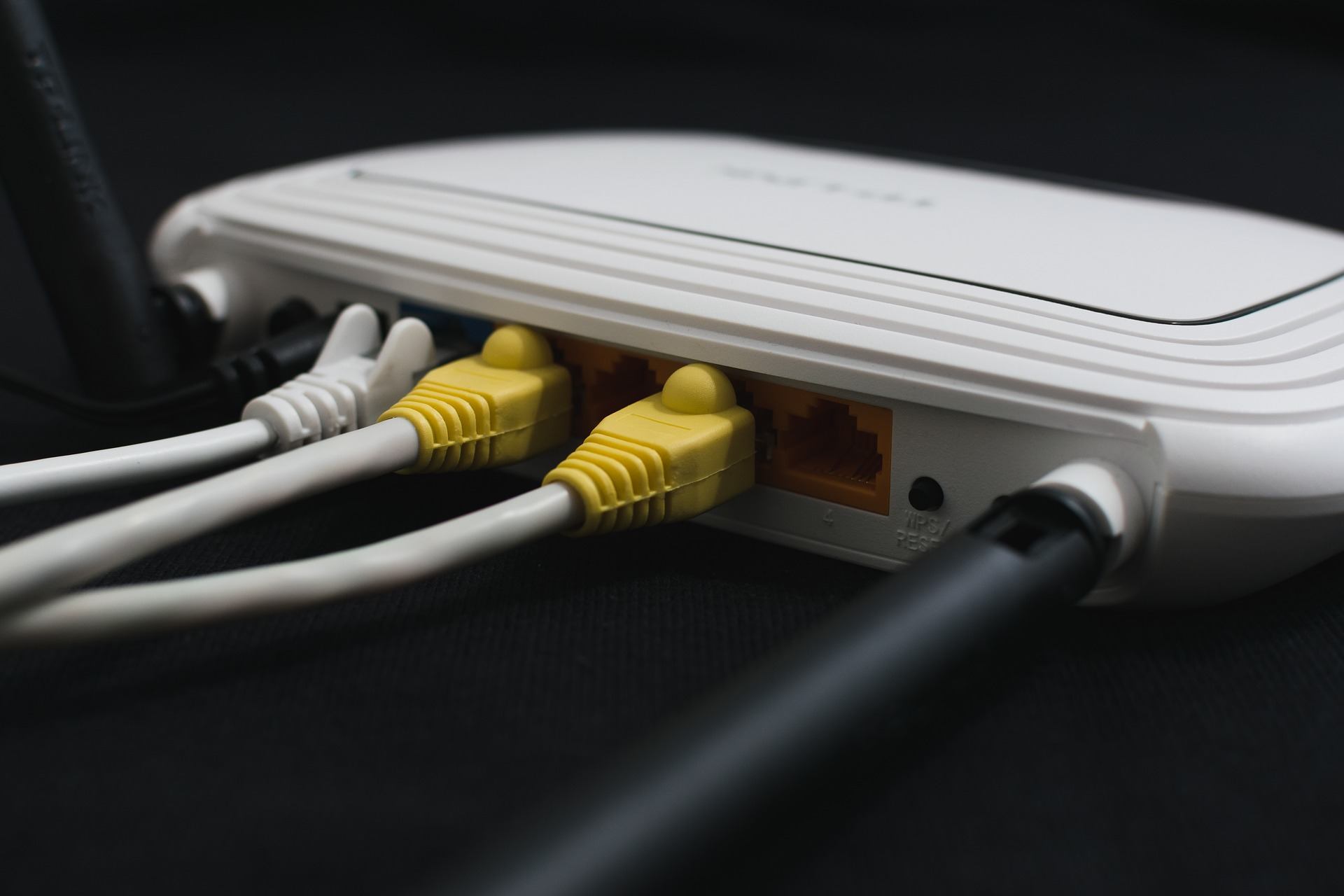Computer Tip: Switch Channels to Optimize WiFi Speed

Have you ever been browsing away on the internet, playing an online game, or streaming the latest movie and you notice that your WiFi connection isn’t as strong as usual?
Maybe you’re getting lag, pages are taking longer to load, or the video keeps buffering. What do you do?
Sometimes, it’s a simple matter of taking your computer and plugging it into your router. WiFi connections are, after all, subject to much more interference than an ethernet (network cable) connection.
However, plugging in isn’t always practical – or even possible. What about mobile devices, tablets, or ultrabooks with no network port? Or even a router that’s tucked away in the back of a closet in your hallway, all because it “looks ugly” sitting out in the living room for everyone to see.
WiFi Frequencies
Many people don’t understand that WiFi routers allow you to switch frequencies and channels, much the same way that cordless telephones (remember those) and televisions work. It will take a little research on your part, but you can play with those settings until you find one that works best for your situation.
WiFi routers sometimes give you the option to set up two different network types (or three, if you count guest networks): 2.4 GHz and 5 GHz. Not every device can connect to both, and there are pros and cons using each.
2.4 GHz
A 2.4 GHz network has a wider range and better ability to operate through obstacles like walls, furniture, and other larger household items, and more devices are compatible. However, it’s slower than its counterpart, although most users likely won’t notice the difference.
5 GHz
Using a 5 GHz wireless network more than doubles the speed of a 2.4 GHz network. Conversely, these networks don’t have the range or ‘penetration’ of 2.4 GHz, and you won’t even see a 5 GHz network with many older, and some newer, devices.
WiFi Channels
There are a range of WiFi channels available within each type of network. Channels give you variety within each frequency, so your signal isn’t overlapping others who might be nearby. Too many overlapping signals in a congested area can lead to those symptoms mentioned earlier: slowness, buffering, and drops in reliability.
Making the Switch
If you’re having any of these problems, the solution is simple – make a change and see how it’s affected. There are mobile apps available that you can use to test your network connection and see which WiFi channels are less clogged with traffic, but it’s just as easy to experiment and find a channel that works for you.
Step 1 – Access Your Router
You’ll need to know (or locate) the connection and login details for your WiFi router. Once you have those, open a web browser, follow the instructions, and you’ll get access to your network settings.
Step 2 – Locate the Wireless Network Settings
Depending on your router, these settings are usually called “WiFi” or “wireless” and are in the menu system or in a tab on the page. Click this link to access the appropriate settings.
Step 3 – Change the Channel
Find the Channel dropdown and change the number. Often the very lowest and highest numbers are the defaults have the most traffic on them. When you change the number and save your settings, there’s a chance your router will reset and disconnect you momentarily. Be patient and wait until you’re reconnected.
Step 4 – Browse Away!
Once you’ve reconnected, check out your connection by streaming video or connecting to an online match in your favorite game. If there’s no improvement, try a couple different settings, and if that doesn’t work you might have a bigger problem than just a congested WiFi channel.








Recent Comments